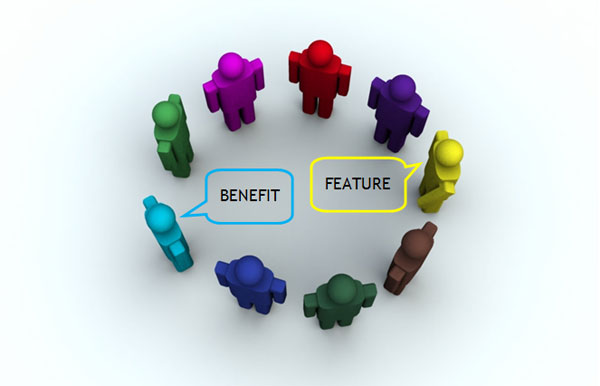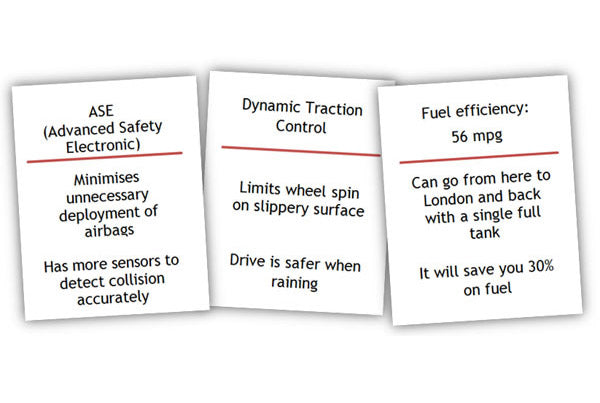Purpose
This is an entertaining and educational exercise for teaching languages. It sets the context for one of the most useful and essential needs when using a new language; ordering food. While the exercise is designed to cover different aspects of food ordering, it is also set in a realistic context that people can immediately associate with or experience themselves in during a trip. The exercise focuses on ordering from a famous restaurant chain available in around 100 countries; Subway.
Objective
Order food as if you have gone to a Subway restaurant.
What You Need
- Create a similar environment to a Subway restaurant using pictures of food. You can extend the pictures to bias the exercise accordingly to practice certain vocabulary. See variations below for more details. You would need the following:
- Pictures of various types of bread
- A top view picture of various salads as seen in Subway:
- Cucumbers
- Tomatoes
- Lettuce
- Onions
- Gherkins
- Peppers
- Jalapenos
- Pictures of fillings:
- Chicken
- Vegetarian patties
- Beef
- Fish
- Lamb
- Turkey
- Other additions:
- Cheese
- Various sauces
- Salt
- Pepper
- Lemon
- Vinegar
- Other additions to the menu
- Drinks
- Crisps
- Donuts
- Cookies
- Cakes
-
Tips:
- Write prices on the menu much like in a fast food restaurant.
- Consider laminating these pictures to make them more durable so you can use them easily in your future courses.
- You can use tokens that represent each ingredient so while they order you can add the tokens to a pile and hand them over to the customer as the representation of their sandwich.
- Monopoly money.
Setup
- You as the tutor will be the seller. Delegates will be buyers.
- Give each person an equal amount of Monopoly money.
Part 1:
- After going through any necessary lessons, ask the delegates to queue up to order food. From this point onwards everyone must talk in the target language. You cannot help them in anyway other than talking in the target language as a seller.
- Serve one at a time. Ask them to order as they would normally order in such a setting based on their own dietary preference. Ask them to explain what they want in their sandwich. They cannot point to something to indicate what they want it. They need to use complete sentences.
- After placing their orders, tell them the price and exchange money. If you have the representative tokens for food, pass it to them as if it is the sandwich they ordered.
Part 2:
- Divide the delegates to groups of 3. Explain that each group represents a number of friends who are going to a restaurant to eat.
- When they arrive they should sit around a table.
- The three friends then look through the menu, deciding what they like to order.
- One of the three friends in each group decides to order food for everyone. The other two should then tell their friend what they want so their friend can go to the counter to order everyone’s food.
Timing
Explaining the Exercise: 5 minutes
Activity: 15 min for each part = 30 minutes
Group Feedback: 2 minutes
Discussion
How confident do you feel now about ordering food? Which part of this exercise was the most difficult? How can you improve your language skills in similar situations?
Variations
- You can change the pictures of ingredients to focus the exercise on more elaborate vocabulary. This is also helpful if certain food or ingredients are more common in your target country.
- You can provide specific set menus with discounts. For example, “Get a 12 inch sandwich + crisp + drink and get 20% off”. This adds to variety of options available and creates a more realistic environment.
- At the checkout provide options and force them to listen and talk more:
- “Are you eating in or are you taking out”. Eating in will be slightly more expensive, so tell them the difference so they can decide.
- “Do you want a crisp with your sandwich for 20p more?”
- “Did you know you can get a meal and get 20% off?”
- “If you order two sandwiches, the third one is half price. Or you can get a 6in sandwich for free?”
- “Would you like to collect stamps? With 6 stamps, you will get a sandwich for free.”
- You can serve hot drinks as well.
- You can run out of certain ingredients, so you can force the customers to choose something different. You can do this when they are ordering for others to make it more challenging as they have to go back to their friends and ask for alternatives.
- Optionally, in an extra part you can ask one or two delegates to be the sellers and other delegates to be the buyers.
Comments
By glynis @ Wednesday, August 28, 2013 2:37 AM
this exercise is exactly what I am looking for my students of hospitaly and customer sevice. Thanks for the idea!
Soft Skills Training Materials
Get downloadable training materials
Online Train the Trainer Course:
Core Skills
Learn How to Become the Best Trainer in Your Field
All Tags
Training Resources for You

Course Design Strategy
Available as paperback and ebook

Free Training Resources
Download a free comprehensive training package including training guidelines, soft skills training activities, assessment forms and useful training resources that you can use to enhance your courses.

Our Comprehensive Guide to Body Language

Train the Trainer Resources
Get Insights - Read Guides and Books - Attend Courses
Training Materials
Get downloadable training materials on: Management Training, Personal Development, Interpersonal Development, Human Resources, and Sales & Marketing














Leave a comment
All comments are moderated before being published.
This site is protected by hCaptcha and the hCaptcha Privacy Policy and Terms of Service apply.